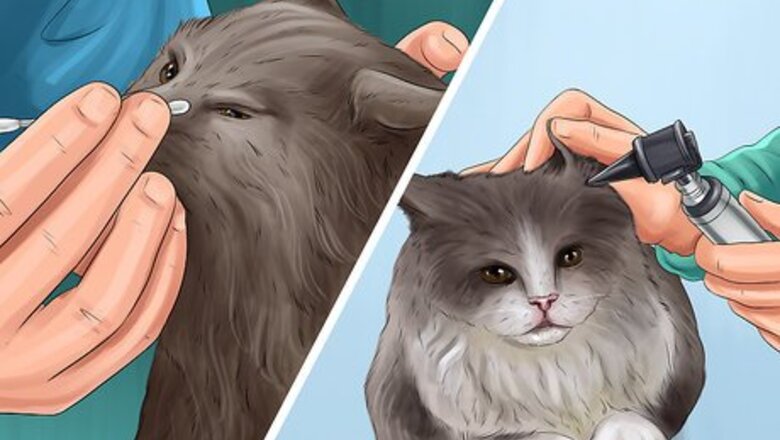
views
Examining Your Cat
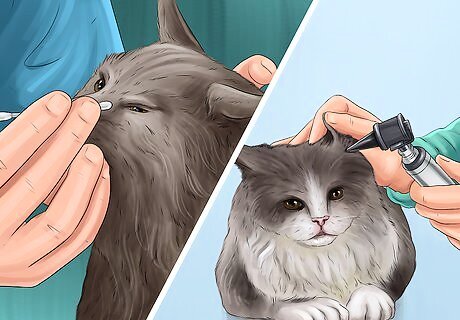
Examine your cat monthly. In addition to a yearly veterinarian visit, you should give your cat a home health check at least once a month. Doing this regularly will ease your cat’s anxiety about it over time and make the process easier. This full exam, including its nose, should also cover: Ears Eyes Mouth, teeth, and gums Body Skin and coat Claws Chin
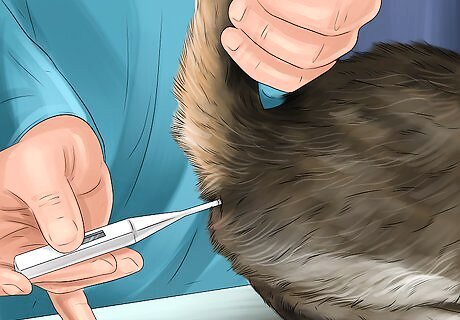
Take your pet's temperature. If you notice nasal discharge and accompanying symptoms, take your cat's temperature. For the most accurate reading, purchase a rectal thermometer at a pet store or online. Normally, your cat's temperature should be between 100.5–102.5 °F (38.1–39.2 °C). If you get a reading of 104 °F (40 °C) or more (indicating a fever), contact your vet immediately.
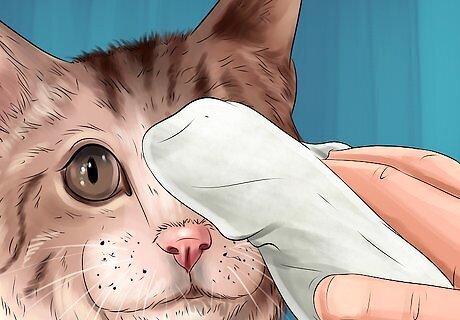
Clean your cat’s nose. After examining your cat’s nose, wipe it clean using water and a cloth or cotton ball. Gently brace your cat’s face and wipe its nose as quickly as possible. Follow up by giving your cat a treat to help teach it that this can be a good experience.
Looking for Symptoms of Illness

Check for signs of nosebleeds. Short of actually seeing your cat having a nosebleed, there may be evidence present on your cat’s nose that they are experiencing them. Look for swelling around the area, pus coming out of your cat’s nostrils, or bruising on the nose. If you notice any of these symptoms, contact your veterinarian immediately as nosebleeds can be a sign of injury or serious illnesses such as: Cancer Anemia Kidney failure Blood clotting disorders Bacterial infection Dental abscess
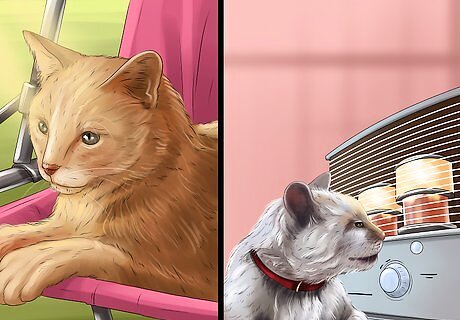
Check for flaking skin. Chapped or flaking skin could be a sign of a dermatological problem in your cat. If you observe this symptom for more than a few days, contact your veterinarian. Dry skin on your cat's nose can also be attributed to: Time spent near a heater or other heat source Poor air circulation Sun exposure Dried saliva from licking its nose
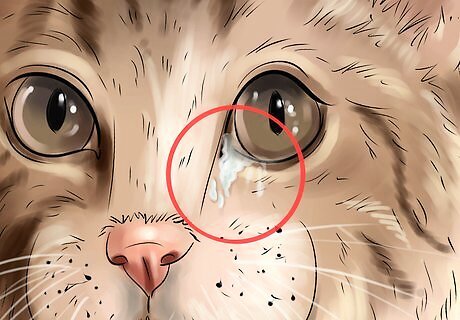
Assess the temperature and wetness of your cat's nose. A cat's nose can vary in temperature and wetness, which generally are not a cause for concern. Most cats have moist, cool noses, but dryness does not usually indicate a serious issue unless accompanied by a fever. Sudden wetness, however, could be a sign of an upper respiratory infection. Do this often so that you know what is a normal condition for your cat's nose. If your cat's nose in unusually wet, observe it for a day or two and look for other URI symptoms (e.g. red or watery eyes). Bring your cat to the vet if the runny nose persists.
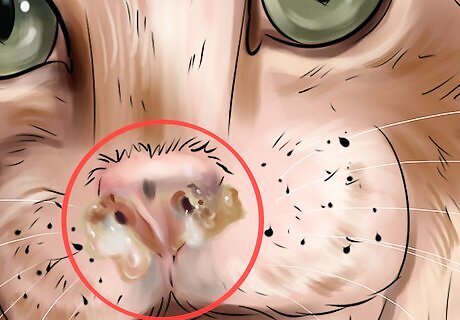
Look for discharge. It is not unusual for cats to have runny noses, but the discharge should be clear. Check for thick, bubbling, or dark discharge (yellow, green, or black), which could be the sign if an infection. If you notice this dark mucus, contact your veterinarian immediately for an exam.
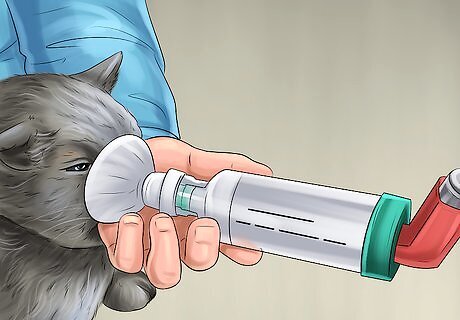
Watch for other symptoms of medical issues. If your cat's nose is expelling mucus, look for other symptoms that might provide an explanation. Observe your cat and note any sneezing, panting, or difficulty breathing. These symptoms could be indicative of a respiratory infection or other illness.
Calming Your Cat

Use calming herbs. There are several herbs that are calming to cats and may help to keep your pet relaxed while you examine its nose. Valerian, for example, causes an active, “high” state usually followed by a sleepy feeling for cats and is safe for them to chew and eat in plant form. Give your cat valerian about a half hour before examining it to allow it to go through the initial period of excitement and settle into a relaxed mode. Catnip, known for eliciting a hyper effect, also induces a relaxed state. Give it to your cat to play with (a pinch in a fillable toy, or in a paper bag crushed into a tight ball) 15 minutes before examining its nose to make it more amenable.
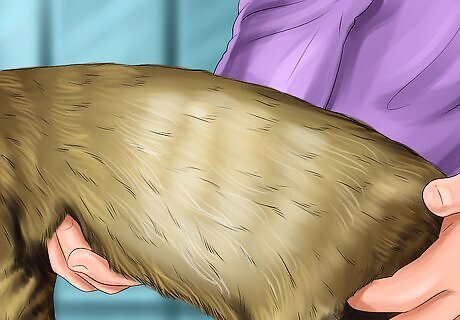
Apply pressure to its torso. Applying gentle, constant pressure to your cat’s torso is a proven way to alleviate anxiety. While examining your cat, have a family member or friend hold your cat firmly, securing its body and putting light pressure on it. For added security, wrap your cat in a blanket and hold it that way. Another option is a ‘’pressure shirt”, a snug garment with adjustable straps designed to apply light, even pressure to the torso to keep your cat calm while it wears it. The “Thunder shirt”, for instance, is available online for approximately $40.
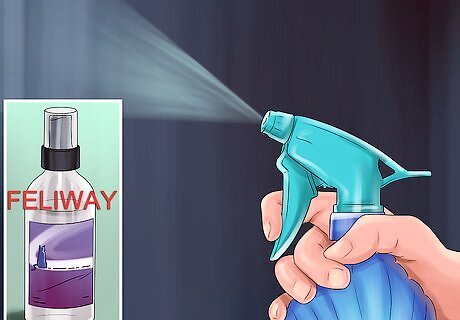
Try a pheromone spray. Ask your vet about pheromone sprays as a way to relax your cat. These sprays contain a synthetic version of a smell that cats use to bond with each other and loved ones by rubbing up against them. For instance, Feliway, a synthetic copy of cats’ facial pheromones, is available through many veterinarians.



















Comments
0 comment